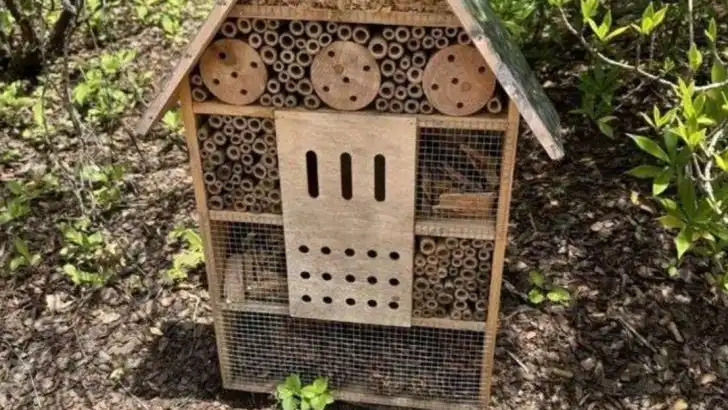Pollinators are essential for the health of your garden, but attracting them doesn’t mean you need to rely on harmful pesticides. By creating a welcoming, natural environment, you can encourage bees, butterflies, and other pollinators to visit — all while keeping your garden chemical-free.
In this article, we share 10 effective ways to draw pollinators to your garden without using pesticides. From planting pollinator-friendly flowers to providing the right habitats, these simple yet impactful strategies will help you support a thriving ecosystem while boosting your garden’s growth and blooming potential.
Ready to create a pollinator paradise? Let’s dive into the natural ways to invite these vital creatures into your garden!
Plant Native Flowers
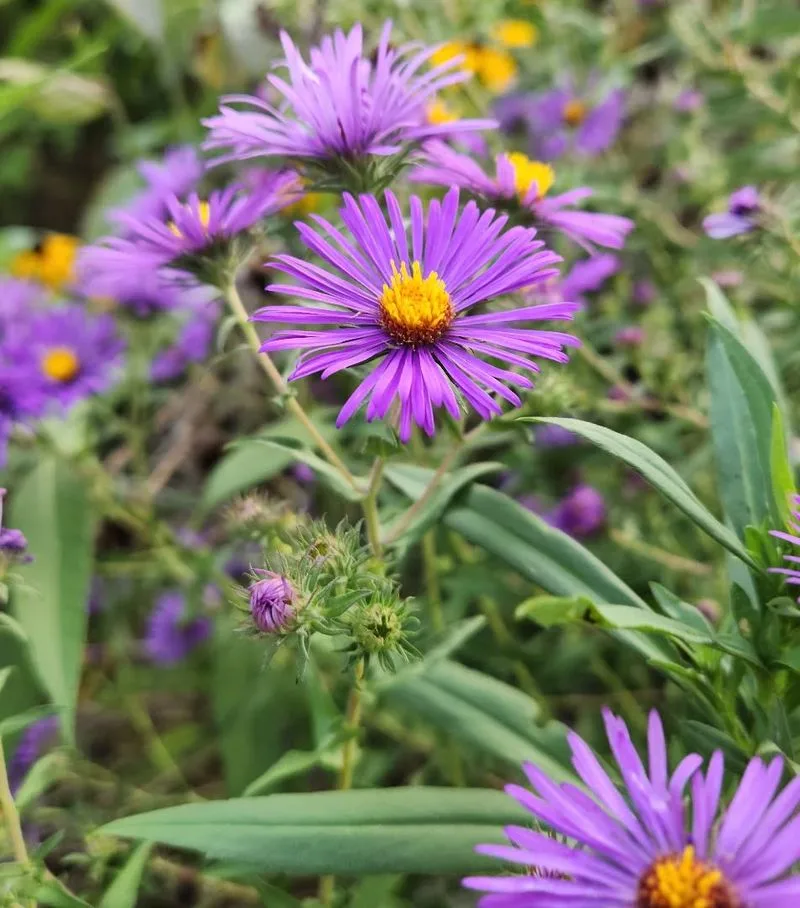
Native flowers, being well-adapted to the local environment, naturally attract local pollinators. Their vibrant colors and familiar scents serve as a beacon for bees, butterflies, and hummingbirds. Planting these flowers creates a symbiotic relationship, where pollinators help the plants thrive, while the plants provide food and shelter. In your garden, imagine a lively dance of color and life, with each flower acting as a stage for nature’s performers. Including a few native plants can transform your garden into a buzzing hub of activity, alive with the gentle hum of busy pollinators.
Create a Water Source
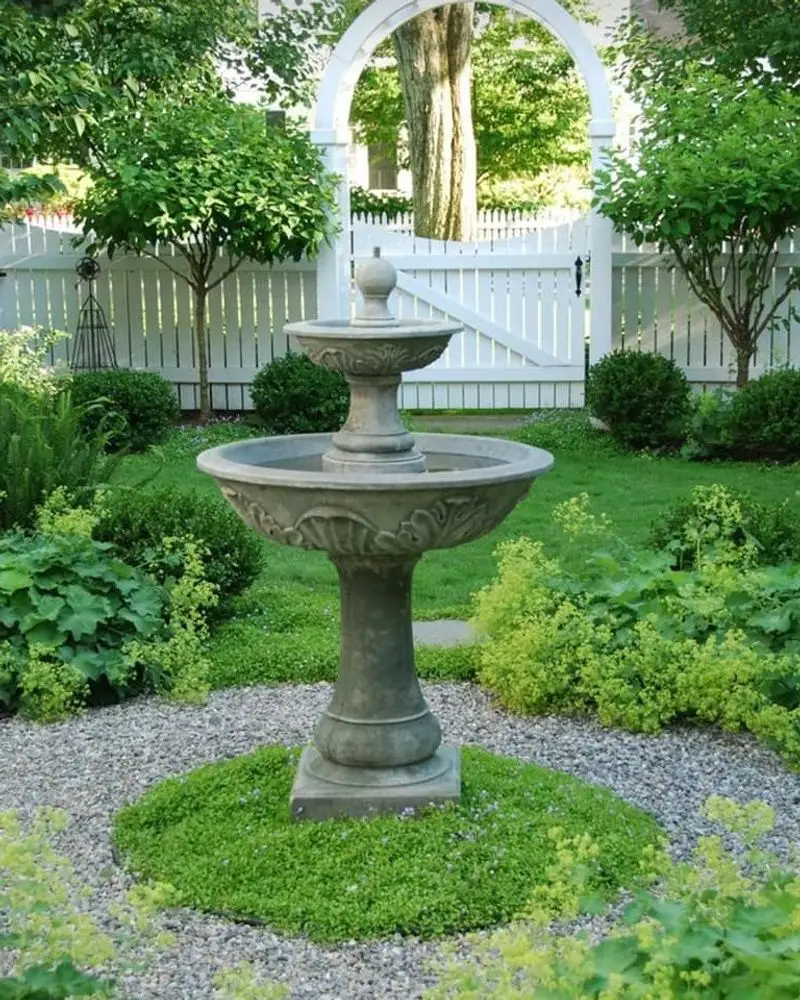
A simple water source can turn your garden into a sanctuary for thirsty pollinators. Bees and butterflies need water for survival, and a birdbath or shallow dish filled with water can make all the difference. Add a few stones for them to rest upon, and you’ve created an inviting oasis. Imagine the gentle flutter of butterfly wings, drawn by the sparkling reflections of water, as they pause to sip and refresh. Providing water not only supports pollinators but also adds a serene, meditative element to your garden atmosphere.
Include Herbs
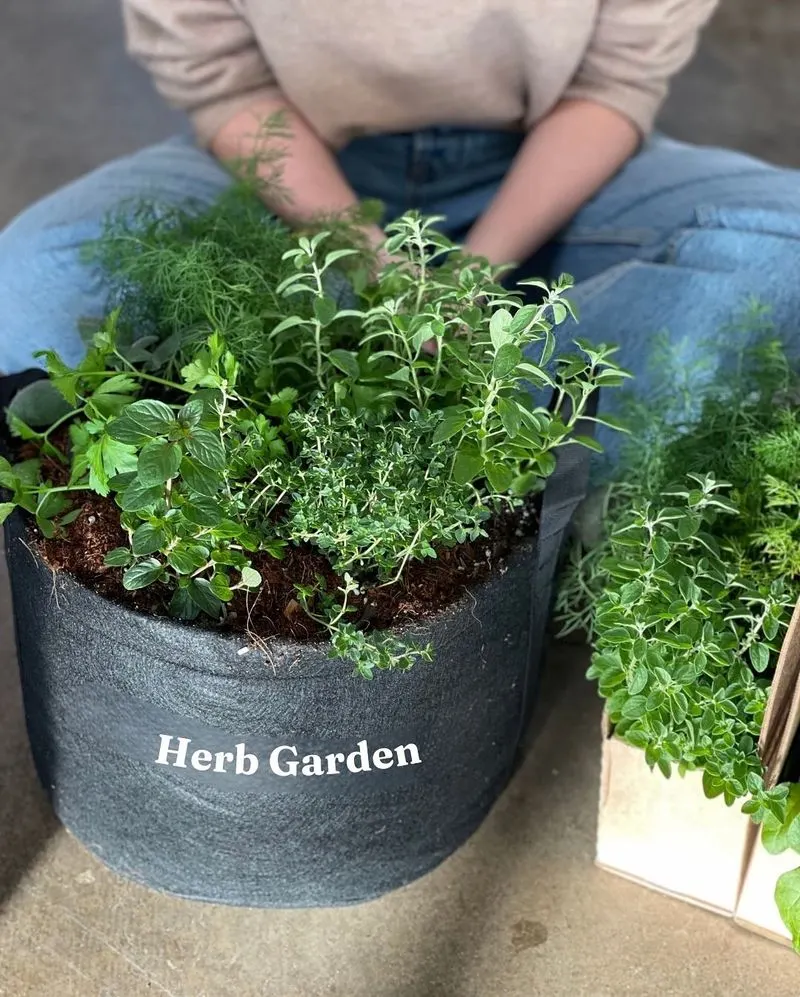
Herbs like lavender, basil, and mint are not only culinary delights but also pollinator magnets. Their aromatic presence is irresistible to bees and butterflies. Picture a patch of fragrant herbs, alive with the gentle buzz of happy pollinators busily at work. Not only do these herbs add flavor to your meals, but they also enhance your garden’s biodiversity. By choosing to grow herbs, you invite a sensory experience while promoting a healthy, harmonious environment for pollinators to thrive.
Build Bee Hotels
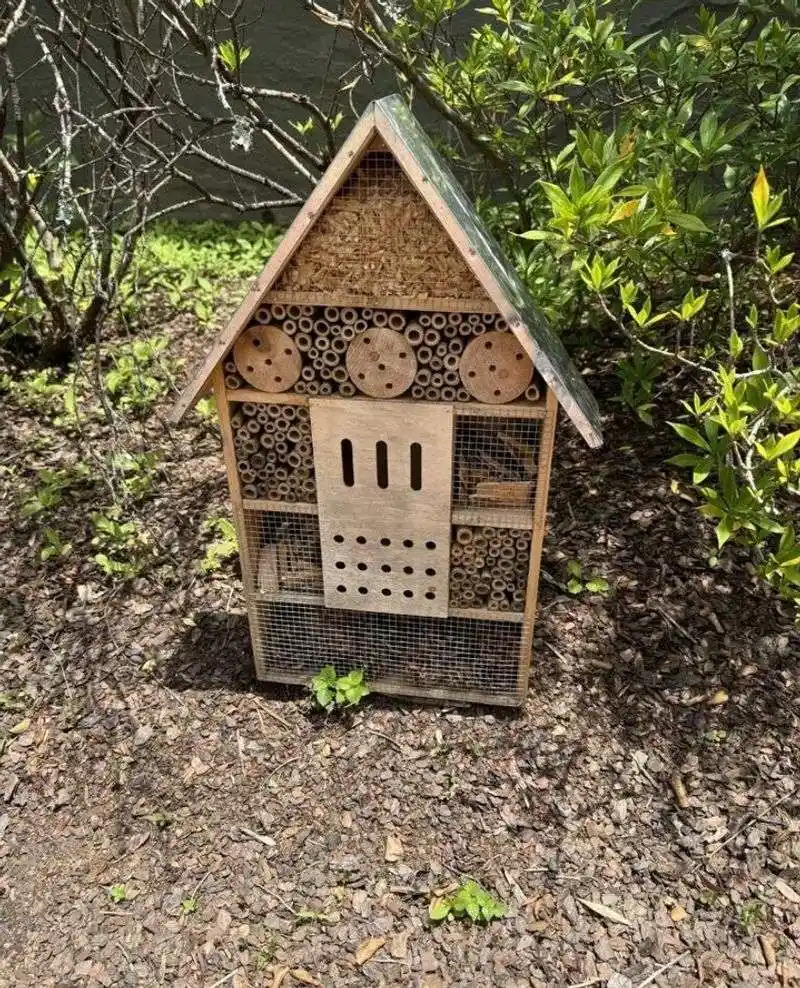
Bee hotels provide essential nesting sites for solitary bees, crucial pollinators often overlooked. Imagine constructing a cozy bee hotel using bamboo and wood, nestled among your garden’s blooms. These structures offer shelter and breeding sites, fostering a healthy bee population. Watching these industrious insects find refuge in your handmade creation can be truly rewarding. Bee hotels add not only functionality but also a charming, rustic aesthetic to your garden, making it a nurturing haven for these vital pollinators.
Plant Fruit Trees
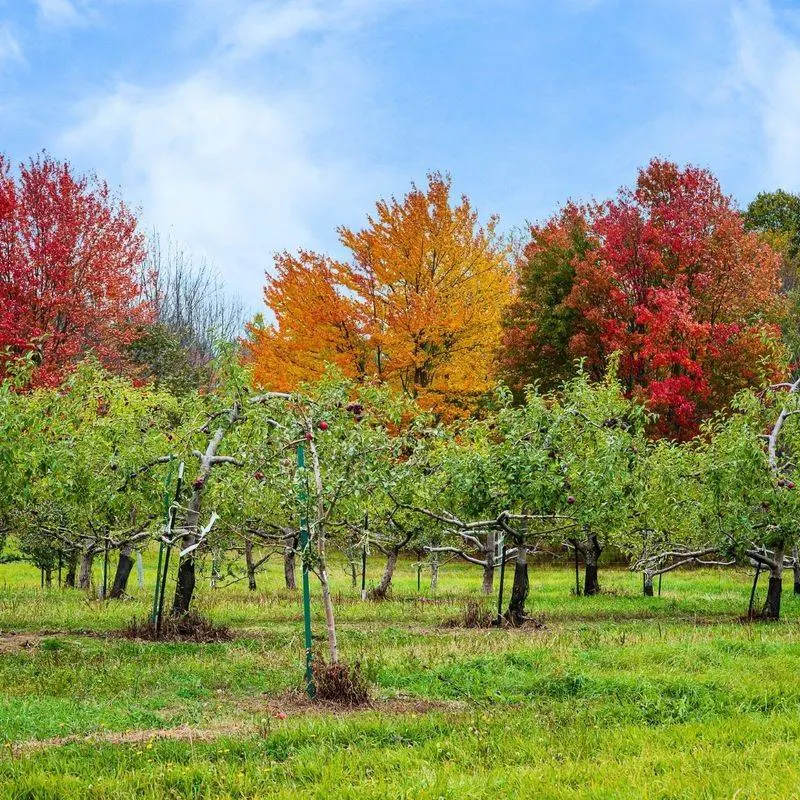
Fruit trees like apple and cherry serve dual purposes, providing both delicious harvests and pollinator habitats. Envision a small orchard, alive with the hum of bees and the flutter of butterflies, all drawn to the fragrant blossoms. These trees become focal points in your garden, offering beauty and bounty. As the seasons change, so does the attraction for pollinators, ensuring a year-round haven for these creatures. By planting fruit trees, you nourish both the land and the pollinators who call it home.
Grow Climbing Vines

Climbing vines like honeysuckle not only add vertical interest to your garden but also attract a range of pollinators. Picture a trellis cloaked in fragrant, colorful blooms, abuzz with bees and hummingbirds visiting for a nectar feast. These vines create natural corridors for pollinators, guiding them through your garden while providing shelter and resources. Growing climbing vines enriches your garden’s structure and ensures a lively, dynamic space where pollinators flourish.
Leave Some Weeds
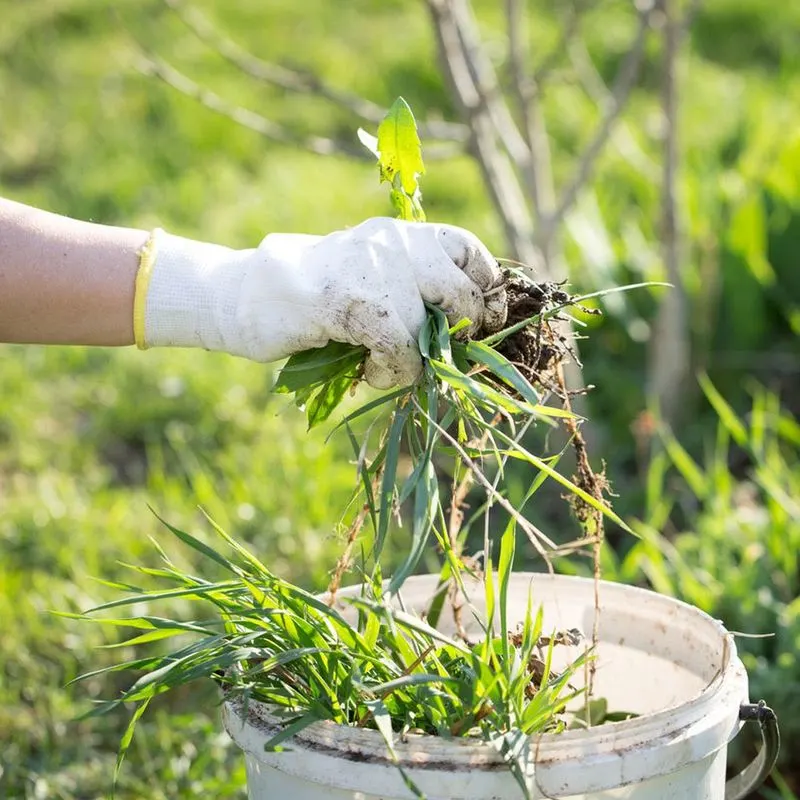
Weeds like dandelions and clover, often seen as garden nuisances, are actually valuable food sources for pollinators. Visualize a corner of your garden left wild, where bees feast on these abundant blooms. Allowing some weeds to grow can provide early season nourishment, crucial for hungry pollinators emerging from winter. Embracing a bit of wildness not only reduces maintenance but also fosters a healthy habitat. These unexpected allies can turn a neglected patch into a buzzing, vibrant space for pollinators.
Install Birdhouses
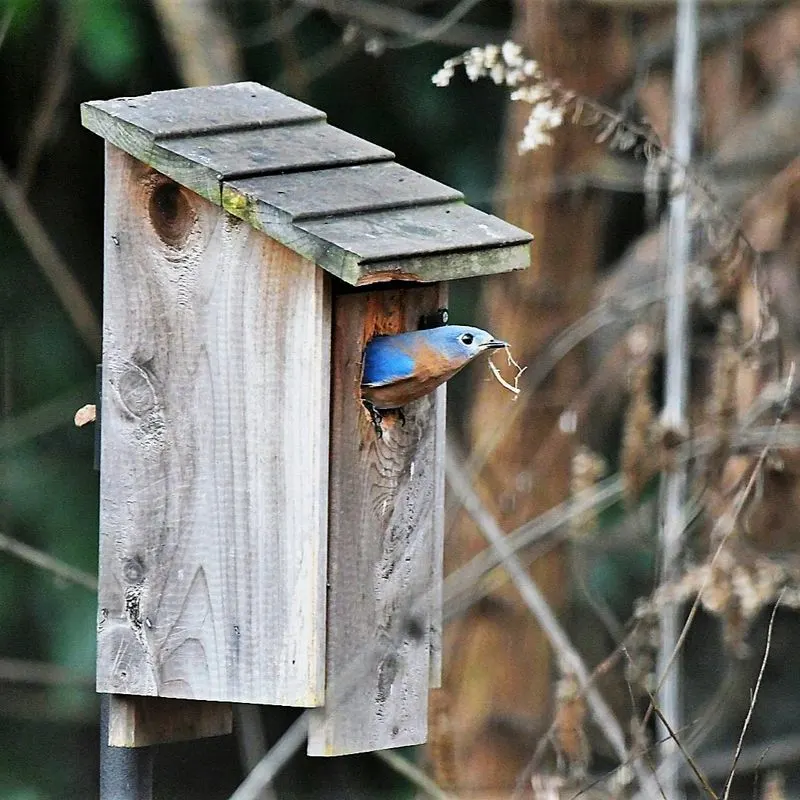
Birdhouses do more than just welcome feathered friends; they can also support pollinators by maintaining a balanced ecosystem. Envision a beautifully crafted birdhouse, nestled among flowers, attracting birds that help control pest populations. This natural form of pest management supports pollinator health by reducing the need for chemical interventions. A garden alive with birdsong and bee buzz creates a harmonious environment where nature thrives. By installing birdhouses, you foster a thriving, interconnected habitat for all garden inhabitants.
Cultivate Night-Blooming Plants
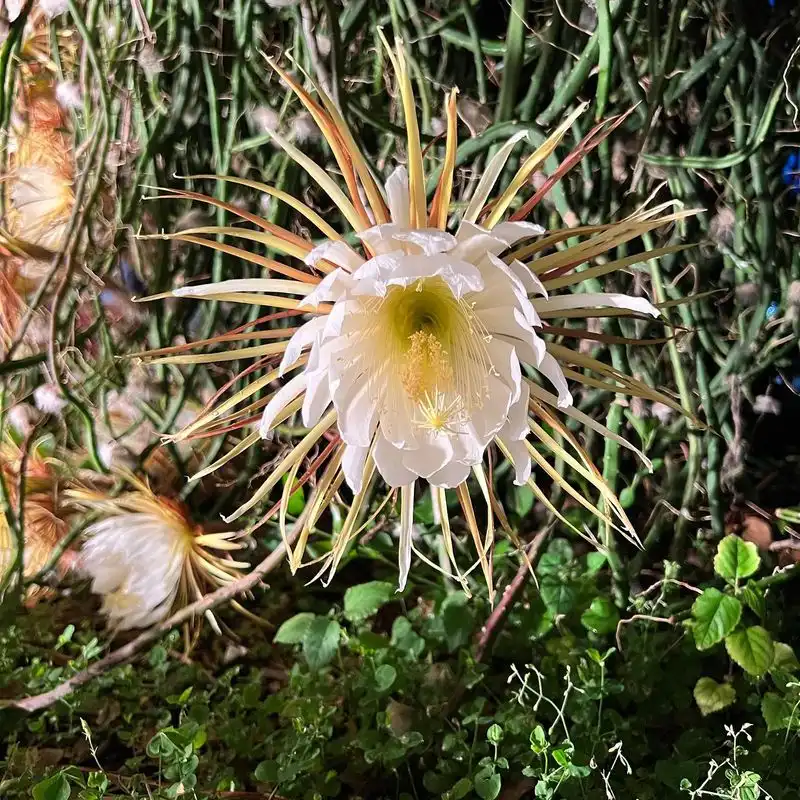
Night-blooming plants like jasmine and evening primrose offer nectar to nocturnal pollinators. Imagine your garden under the soft glow of moonlight, where moths flutter among the blooms, drawn by sweet fragrances that fill the night air. These plants extend the pollination period, welcoming creatures that others might overlook. Cultivating night-bloomers adds an enchanting dimension to your garden while supporting a diverse range of pollinators. Embrace the magic of the night by creating a sanctuary for these mysterious visitors.
Design a Butterfly Garden
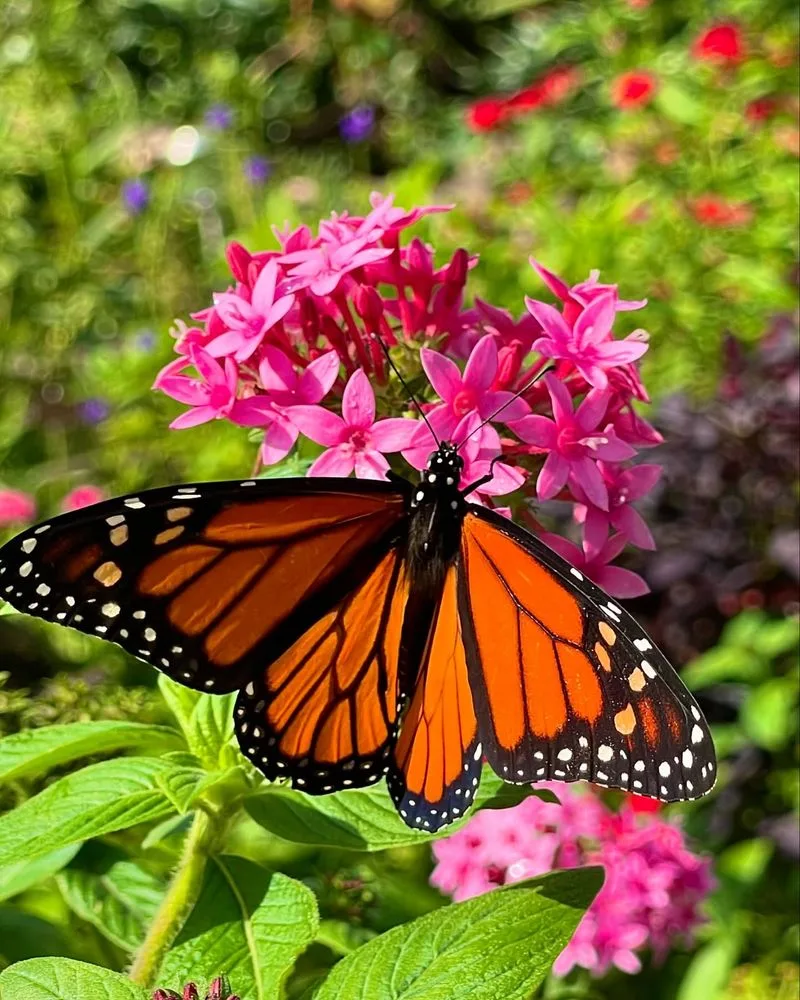
A butterfly garden not only captivates with its beauty but also supports the entire lifecycle of these delicate creatures. Picture milkweed and nectar-rich plants providing essential resources for caterpillars and butterflies alike. This specialized garden becomes a vibrant stage for the metamorphosis, from crawling caterpillars to graceful butterflies. Designing such a garden means considering the needs of every stage of a butterfly’s life, ensuring a continuous parade of colors. By focusing on butterflies, you create an inviting haven for all pollinators.

